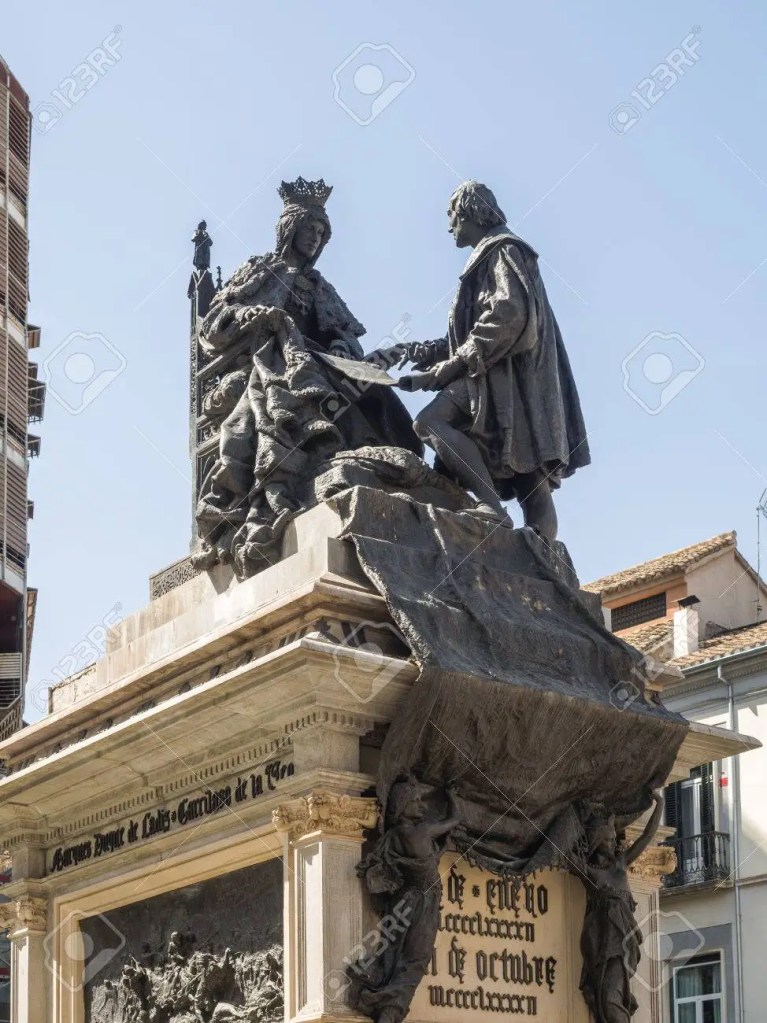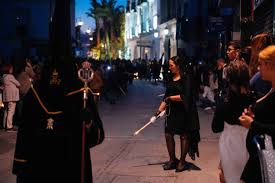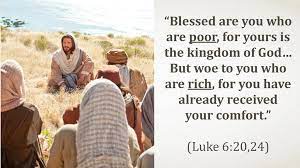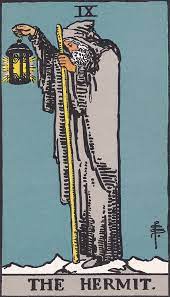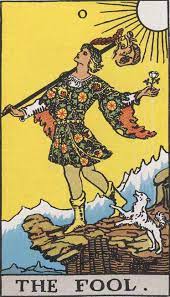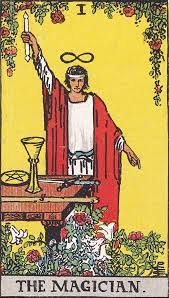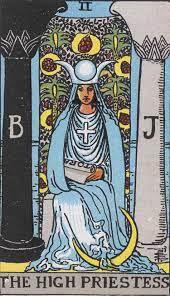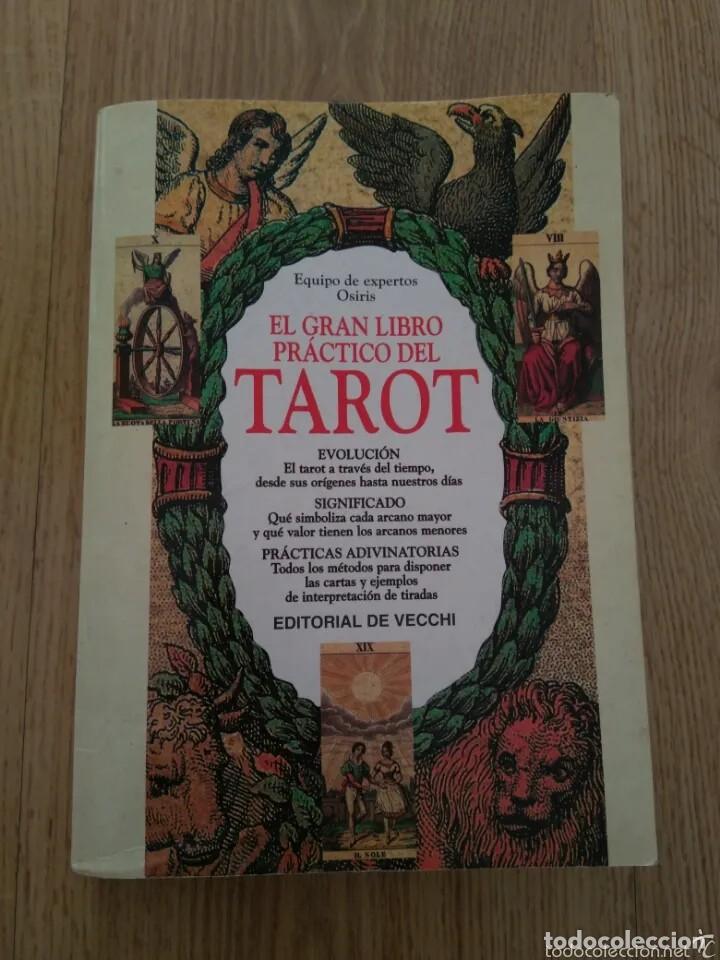I’ve just seen the surprise blockbuster movie “Sound of Freedom.”
It’s the story of Tim Ballard, the ex-CIA, and Homeland Security operative whose real-life crusade against child sex trafficking is the film’s subject.
The Angel Studio’s release on July 4th surprised everyone by far outgrossing “Indiana Jones,” even though “Sound of Freedom’s” budget was by comparison extremely low, and despite its depending on word of mouth for much of its publicity.
Like most viewers, I found the film exceptionally moving, its acting splendid, and its cinematography of the highest quality. I’m not surprised that some are even talking about Academy Awards.
(By the way, despite “liberal” criticisms, “Sound of Freedom” made no mention whatsoever of QAnon, conspiracy, Pizzagate, adrenochrome, or political parties either Democrat or Republican. There was no hint of any of that.)
Instead, “Sound of Freedom” straightforwardly focuses on one topic, child sex trafficking. It accordingly summarizes itself in six spare words: “God’s children are not for sale.” Others have expressed its imperative in just three: “Connect the dots.” The first summary reveals the film’s shocking content and (understated) faith perspective.
However, the film’s dot connection uncovers a suspiciously limited political perspective. Intentionally or not, its nearly invisible political viewpoint ends up subtly heroizing the CIA, Homeland Security, and the Colombian police, while vilifying “rebels” against the corrupt authority all three represent.
In what follows, let me show you what I mean by (1) briefly acknowledging the deplorable problem addressed by “Sound of Freedom,” (2) highlighting the film’s suspicious CIA connections, (3) its missing dots, and (4) suggesting the “Sound’s” promise for stimulating dialog across liberal-conservative divides.
Child Sex Trafficking
To begin with, the “Sound of Freedom” is so moving because it is factual, not fiction. It describes a huge problem it identifies as the fastest growing criminal enterprise the world has ever seen. In fact, child sex trafficking, it says, already grosses more money than international arms trafficking. Its annual income will soon surpass that of the worldwide drug trade.
Moreover, and as noted above, “Sound of Freedom’s” main protagonist is also real and highly admirable. As movingly portrayed by Jim Caviezel (of “Passion of the Christ” and “Count of Montecristo” fame), Tim Ballard joins the CIA and later Homeland Security as an act of patriotism following 9/11.
Significantly, Ballard’s fundamentalist Christian faith made him especially attractive to Homeland Security which, he says, preferred such commitment from its agents in the War on Terror.
Eventually, Ballard’s duties introduce him to the issue of child sex trafficking. It so hooks him that he ends up risking all to combat its evil. Months before qualifying for a lifetime CIA pension eventually worth millions, he decides to leave the agency when it identifies as unacceptable overreach his desire to continue “rescuing Honduran kids in Colombia.”
CIA Connections
Despite such idealistic motivations, “Sound of Freedom’s” links to the CIA and Homeland Security as well as those with apolitical Christian fundamentalism raised uncomfortable questions for me.
It has raised questions for others too though usually for reasons different from mine. As earlier noted, liberal critics have pointed out the film’s alleged connections with QAnon conspiracy theories. After all, they point out, its sponsors include arch-conservatives like Mel Gibson, Jordan Peterson, and Mexico’s Carlos Slim, one of the richest billionaires in the world.
As for its theological perspective, it’s worth pointing out that anti-liberation theology commentator, Glenn Beck, is one of the film’s principal sponsors. All of them – Beck, Gibson, and Peterson deny Christianity’s connection with social justice, limit its moral applications to the personal realm, are opponents of Pope Francis, and regret the reforms of the Second Vatican Council.
Moreover, “Sound of Freedom” overwhelmingly connects child sex trafficking to official enemies of the United States.
Perhaps most revealingly, it locates trafficking centers in Colombia and Honduras. Both of those countries have been headed by governments firmly supported and/or installed by the U.S. through regime change operations. By all accounts, their police and militaries are cesspools of corruption and brutality – far from the heroic law enforcement agencies portrayed in the film.
Additionally, “Sound of Freedom” offers no suggestion of well-documented U.S. government involvement in or toleration of underage sex trafficking. For instance, there’s not a word in the film about Jeffrey Epstein and his nefarious association with the CIA, with Israel’s Mossad, and prominent government leaders – much less about rampant pedophilia among Christians themselves.
With that in mind, Homeland Security’s post-9/11 preferred recruitment of certain types of Christians indicates a heavily ideological bias towards fundamentalist religion. As such, its understanding tends strongly to exclude comprehensive social and historical analysis of child sex trafficking in favor of moral and psychological explanations of individualized and gang-related behavior. It excludes structural criticisms of capitalism’s relationship to the issue as well as, for instance, the connections between such abuse and Christianity itself.
All that can remind the attentive viewer that “Sound of Freedom’s” story is not that far removed from the CIA and Homeland Security whose very business is to deceive the rest of us.
That for me raises the following question: Can an organization dedicated to lying on behalf of what Martin King described as the world’s “greatest purveyor of violence” be trusted to tell the whole truth about those its employers have designated as mortal enemies (i.e. “rebels” against U.S. client regimes)?
And does the film’s inspiring story represent yet another vehicle intended foster admiration of three-letter government agencies and to feed the hatred of “America’s” official enemies?
Supplying Missing Dots
My answer to both questions is “Quite likely.” That is, “Sound of Freedom” might well be seen as an elaborate attempt to whitewash and rehabilitate the CIA and Department of Homeland Security as well as to nurture antipathy towards “rebels” against U.S. puppet regimes.
The plan for doing so might run as follows:
- Tap into an issue that will horrify any morally sensitive person, viz., child sex trafficking.
- Causally connect that issue with America’s designated enemies,
- Through a medium (Hollywood film narrative) that ignores Washington’s own well-established connection to the problem in question,
- By distancing the film’s CIA protagonist from that agency and Homeland Security through his resignation from (but continued connections with) those agencies.
- Favorably link the story with fundamentalist understandings of God and country,
- While “connecting its dots” to the “real enemy” portrayed as left-wing forces in the Global South, and (in favorable reviews) public-school sex education programs, open borders, transgender therapies, and the gay pride slogan “We are coming for your children.”
- And vilifying as trendily “woke” and conspiratorial those tying underage sex traffic to capitalism, the CIA, FBI, Homeland Security, world leaders, and church hierarchies.
- Have film sponsors such as Glen Beck and Elon Musk buy out theaters to boost its box office ratings.
Stimulating Left-Right Dialog
To me, none of that seems farfetched. In fact, given:
- CIA admissions about its elaborate psyop programs,
- Its former director’s public confession about the agency’s routine practices of lying, cheating, and stealing,
- As taught, he said, in “entire courses” instructing agents about the complexities of conspiracy and propaganda
- Detailed in covert projects such as COINTELPRO, MKULTRA experimentations, and Family Jewels assassination programs,
- As well as more recent Epstein revelations about the involvement of U.S. and international “leaders’” in underage sex trafficking,
- And Christian involvement in institutionalized pedophilia,
it’s no stretch to imagine CIA sponsorship of “Sound of Freedom” to whitewash the agency’s deep involvement in “Government by (sexual) Blackmail” as well as in covering up the complicity of international elite in underage sex trafficking.
Conclusion
Be that as it may, at the very least, the undeniability of the child sex trafficking problem coupled with the outrage provoked by the “Sound of Freedom” provide fertile opportunity for conscious raising and dialog about politics and Christian faith across the political spectrum.
On the one hand, the coupling predisposes both conservatives and liberals to entertain the possibility that “our” government and those three-lettered agencies might be more directly involved in the issue than “Sound of Freedom” indicates.
On the other hand, the film opens the door to genuine conversations about the social justice dimensions of Christianity. Like it or not, and despite fundamentalist protestations to the contrary, child sex trafficking is a social justice issue. For instance, its director admits that he wants to “change the world.”
That is, the position that “God’s children are not for sale,” represents a statement about free market capitalism and about the social relevance of Christian faith.
Injunctions to “connect the dots” means connecting ALL THE DOTS even at the risk of accurately identifying the CIA’s undeniable role as a conspiracy theory machine.




